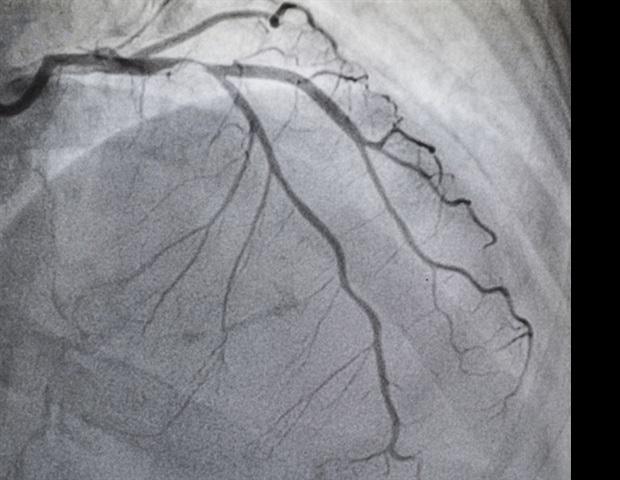Announcing a new article publication for Cardiovascular Innovations and Applications journal. With distal transradial access (dTRA), the postoperative compression time remains significantly longer than the recommended range via in practice. This study investigates whether intravenous protamine sulfate might shorten the postoperative compression time and increase safety after coronary angiography via dTRA.
In this retrospective study, patients who underwent coronary angiography were enrolled and divided into two groups. The study group received a slow intravenous injection of 15-20 mg protamine sulfate before sheath retraction. The primary endpoint was the puncture compression time after coronary angiography.
A total of 97 patients in the protamine group and 293 in the control group were enrolled. Intraoperative heparin use, contrast dose, angiography duration, and radiation dose did not differ significantly between groups.
The mean compression time in the control group was 2.9 ± 0.5 hours, whereas that in the protamine group was 1.6 ± 0.9 hours (P < 0.001). No significant difference was observed in postoperative minor or major hemorrhage or hematoma between groups. Ultrasound 24 hours after angiography indicated an incidence of radial artery thrombosis of 1.1% in the control group and 4.3% in the protamine treatment group, with no statistically significant difference between groups (P = 0.209), and no radial artery occlusion in either group.
Logistic regression suggested that radial artery thrombosis was associated with intraoperative heparin dose and a history of chronic kidney disease.
Intravenous application of protamine after coronary angiography via dTRA can significantly shorten the time of postoperative compression hemostasis and has good performance in terms of safety.
Liu, M., et al. (2025) Intravenous Protamine Sulfate Shortens Compression Time After Coronary Angiography via Distal Transradial Access. Cardiovascular Innovations and Applications. doi.org/10.15212/CVIA.2024.0062.
Source link : News-Medica

